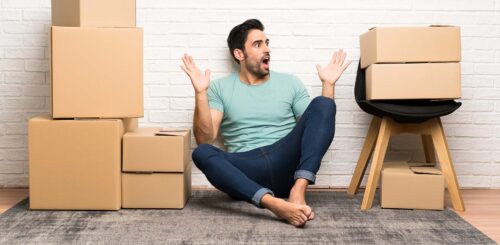Are you planning a cross-country move? If so, you’ll need to pack your belongings carefully so they arrive safe and sound at your new home. One of the biggest questions you’ll have to ask yourself is how many moving boxes do I need. Use this guide to help you figure this dilemma out.
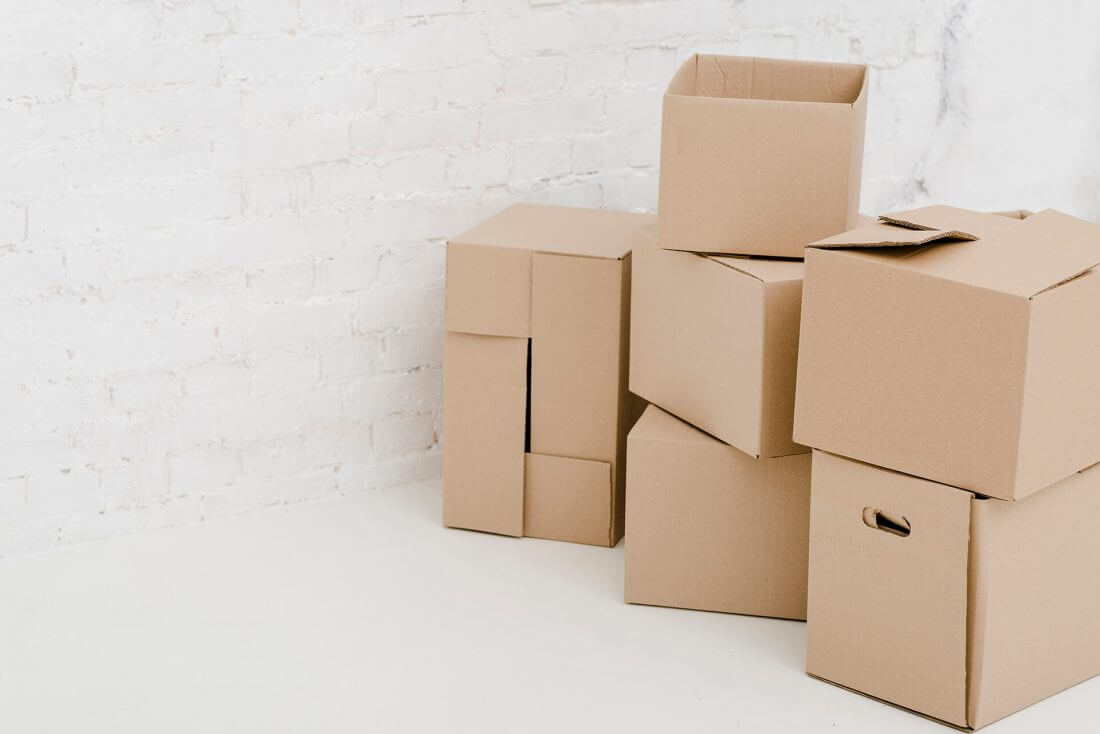

When preparing for movers, it’s tough to estimate the number of boxes needed. Do it wrong, it can lead to costly issues and multiple trips. How do you avoid these pitfalls? Reach out to professionals with experience in this area. Ultimately, the important thing is to plan accordingly – whether it be through personal analysis or expert assistance.
Are There Different-Sized Boxes?
Are you in the process of planning a move or making a move-out list? If so, you may be wondering how many boxes you’ll need to pack up all your belongings. Even more than that, the dilemma might be – are there different-sized boxes that you need to know about?
The good news is that there are many different types and sizes of containers to choose from, so you’re sure to find the perfect option for your needs. That way, when you pack a relocation truck, you’ll know exactly how to arrange the cargo and ship your belongings to another state, without worrying about storage services or extra relocation insurance policies.
We’ll take a closer look at some of the most common types of moving boxes and their dimensions.
Small Boxes
The smallest type of moving box is typically about 1.5 cubic feet in size. These types of containers are perfect for packing up smaller items such as books, toys, and small kitchen appliances.
Medium Boxes
Medium boxes are slightly larger than the small ones, measuring at about 3 cubic feet. These containers are ideal for packing heavier items such as dishes, shoes, toiletries, and canned goods.
Large Boxes
Large boxes are the second biggest type of moving box, typically measuring about 4.5 cubic feet. They should be used for packing large household items such as pillows and blankets, and could even serve the purpose of packing small pieces of furniture.
Extra-Large Boxes
Extra-large boxes are the largest and most voluminous type of moving box, measuring in at about 6 cubic feet. These massive boxes should only be used for very large items such as mattresses, couches, and dressers.
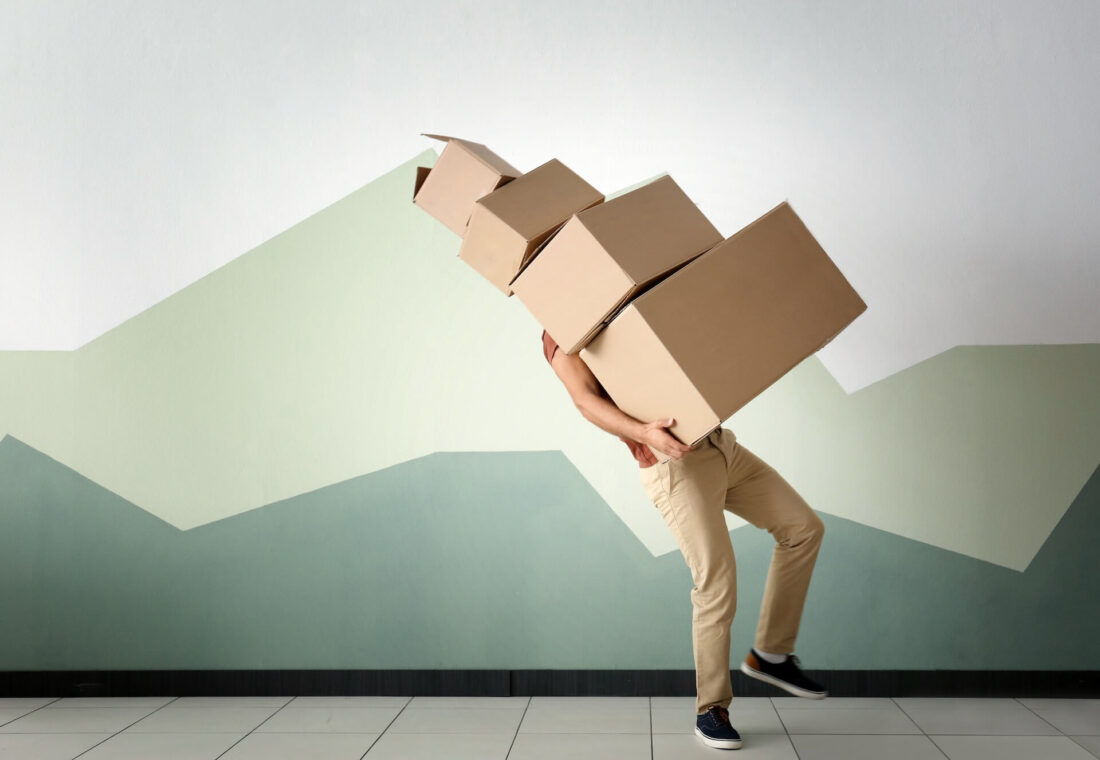

Are There Some Specialty Types of Boxes You Should Be Aware Of?
Relocation day preparation is crucial, and when it comes to packing for a move, having the right materials can make all the difference. Precisely, we mean the most ideal boxes for every situation; adequate containers can ensure your possessions arrive safely, without any worries.
One container option that many professional movers from any long-distance moving company use are specialty boxes, designed to protect and transport specific items. They may cost a bit more upfront, but the added protection can be well worth it in the long run.
These types of boxes can often be purchased from moving supply stores or rented from cross-country moving services and relocation companies. They include:
- Mirror boxes with reinforced edges and padding to prevent breakage,
- Television boxes with an internal strap to secure the screen and prevent it from shifting during transport,
- Tall, narrow wardrobe boxes with a metal bar across the top that clothes can be hung from,
- Dish pack boxes with dividers for organizing and cushioning plates, bowls, and other fragile kitchen items.
What Is Your Lifestyle – Before You Get To Packing Be Honest With Yourself
Before you can even begin to declutter your life, you need to be honest about your lifestyle, both with yourself and your loved ones. Do you consider yourself, or do others consider you, a hoarder or a minimalist? Based on that, how many boxes will you realistically need for a move?
These are important questions you need to answer before you can start decluttering your life. Doing this will be especially helpful when you move with pets and even more if you’re relocating with kids.
Hoarders Will Have a Tough Time Decluttering
If you consider yourself a hoarder, then you have a lot of work to do before decluttering. The first step is to admit that you have a problem, which is not an easy thing to do, but it is necessary. Once you have admitted that, you can begin to work on solving it.
In case your problem isn’t a full-blown hoarding disorder, you can work on the issue with a family member. Alone or with someone, start by going through your belongings and getting rid of anything that you do not need. This can be a difficult and emotional process, but it is necessary if you want to downsize for a move.
Once you have managed to get rid of the unnecessary items in your home, you can begin to organize what’s left. This will make it easier to find things when you need them and make your home look more presentable. The memories you think were in the items you threw out will still stay with you, and you’ll be ready to make new ones.
Minimalists, Not So Much
If you’re more of a minimalist, then you are already well on your way to decluttering. However, you can still do some things to make the process easier.
Firstly, get rid of anything in your home that does not serve a purpose. This includes items that are out of date or no longer used. Once you’ve done that, you can begin organizing whatever’s remaining of your personal items, so that they’re easier to find.
Another thing that minimalists can do to declutter their lives is to create a relocation packing list. It should include only the essentials for a new home. By doing this, you can avoid packing and transporting items you do not need or use. This will save you time and money in the long run, although you’ll be able to rent storage units from your movers.
Declutter and Sell Some Items Before You Start Boxing Up
You may wonder why the decluttering process matters so much. After all, it’s pretty time-consuming, and letting go of things you’ve been attached to for so long is very difficult.
However, there are many benefits of getting rid of unwanted stuff that make it well worth the effort. From reducing stress to improving productivity, decluttering can positively impact every area of your life.
Not only will the first day of your move be better organized, but you’ll be ready for anything, including last-minute moving and handling unwanted appliances. Additionally, you can sell, donate, or gift the stuff you no longer want or need, get a kick from helping out, and earn an extra buck for the move (or yourself).
The girl in the video below talks about how to declutter and what to do with unwanted items once you’re finished decluttering. It might give you some ideas on what to do yourself.
How Many Moving Boxes Do I Need Based on the Size of My Home?
When relocating to a smaller home, you’ll probably have a lot of questions for movers, from the best-sized boxes for packing to the necessary amount of them. But, did you know that you can learn how many boxes you need based on square footage?
Movers will tell you this, too, or demonstrate it with their professional packing services. Until you learn about the numbers from them, there’s more information in the table below.
| Square footage | Small boxes | Medium boxes | Large boxes | Extra large boxes |
|---|---|---|---|---|
| 400 - 700 | 7 - 15 | 9 - 15 | 6 | 3 |
| 700 - 1,200 | 17 - 23 | 15 - 22 | 7 - 11 | 4 - 6 |
| 1,200 - 1,700 | 32 - 37 | 25 - 35 | 16 - 20 | 10 - 12 |
| 1,700 - 2,200 | 38 - 42 | 36 - 47 | 21 - 26 | 13 - 15 |
How Many Moving Boxes Do I Need Based on the Number of Rooms in My Home?
Anyone who has ever moved before knows it can be overwhelming. There are many long-distance moving tips and things to think about and coordinate, from a change of address forms to packing up all your belongings.
As we’ve mentioned, one of the most important (and challenging) tasks is figuring out how many moving boxes to use. Well, another cool hack to take a look into is the number of rooms in your home.
This information can also be a good place to start with estimating the number of containers necessary for the move. Of course, other factors such as the room sizes and the amount of stuff you own play a part, but in general, the bedroom amount is a good starting point to reduce relocation stress.
Here’s a rough guide for how many moving boxes you’ll need based on the number of rooms in your home:
- 1 – 2 bedrooms = 20 – 35 boxes
- 3 – 4 bedrooms = 35 – 50 boxes
- 5+ bedrooms = 50+ boxes
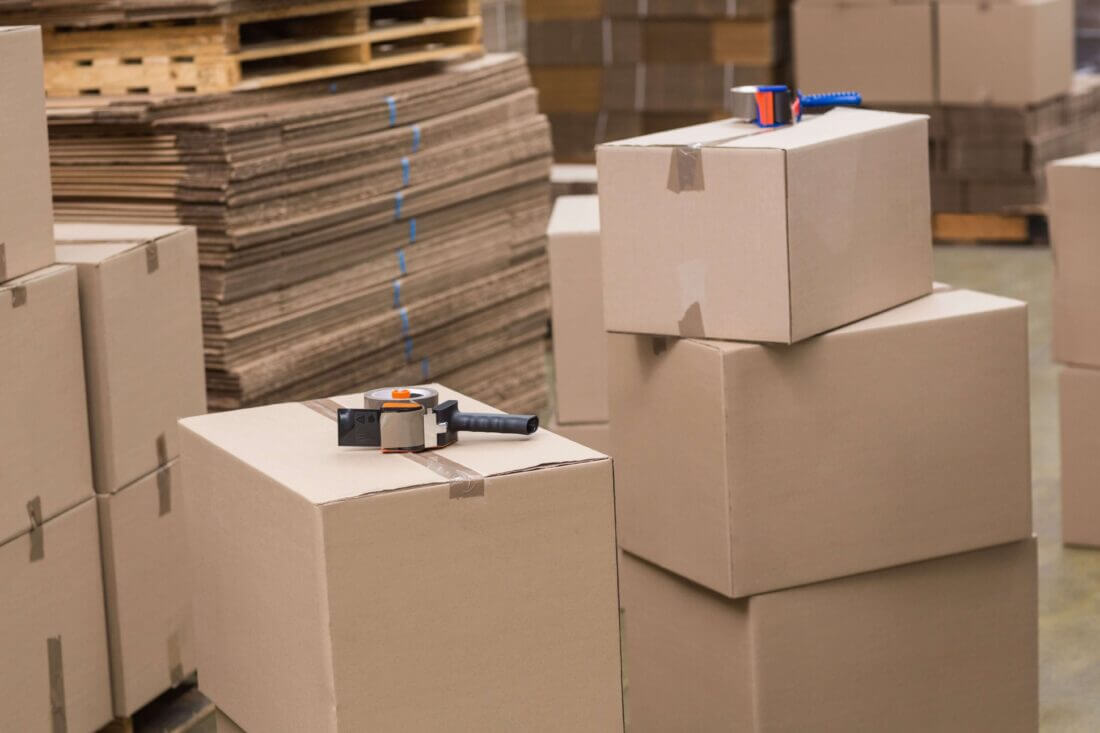

What Are the Other Supplies That I Need for Successful Packing?
Once you’ve determined how many boxes you’ll need, purchase them from a reputable source to be sure they’re from high-quality materials that will protect your belongings during the move.
Most people know they need boxes, but you’ll need other packaging essentials, such as tape, packing peanuts, and bubble wrap. Since we’ve mostly covered boxes, it’s important to also go over some other types of packing supplies that can ensure your belongings make it to their new home safely.
Packing Tape
Packing tape is one of the most important supplies you’ll need. It’s important to use good-quality tape so that your containers don’t come apart during the move. You’ll also want to ensure you have a tape dispenser to apply the tape to the box more easily.
Packing Service
Sit back and relax, we’ve got packing services covered. We use moving blankets, shrink wrap, bubble wrap and even custom wooden crating. Your stuff will be protected and carefully handled during the move.
Learn moreMoving Services
Treat yourself with a white glove long distance moving service that’s based on the inventory list and not weight. This means a price guarantee, transparent move costs and premium moving service.
Learn moreMoving Insurance
All your stuff is secure with Long Distance USA Movers, but in case something does happen to it, there’s a moving insurance policy in place. We offer both basic Valuation Coverage and Full Value Protection.
Learn morePacking Peanuts
Packing peanuts are often used to fill empty spaces in boxes so that the items don’t shift during transport. They come in different colors and sizes, so choose the right type for your needs. You can usually find packing peanuts at your local hardware store or online.
Bubble Wrap
Bubble wrap is another great way to keep your belongings safe during the move. It’s especially useful for delicate items like dishes and glassware. Bubble wrap comes in different sizes and lengths, and, like other equipment, you can usually find it at a local hardware store or online.
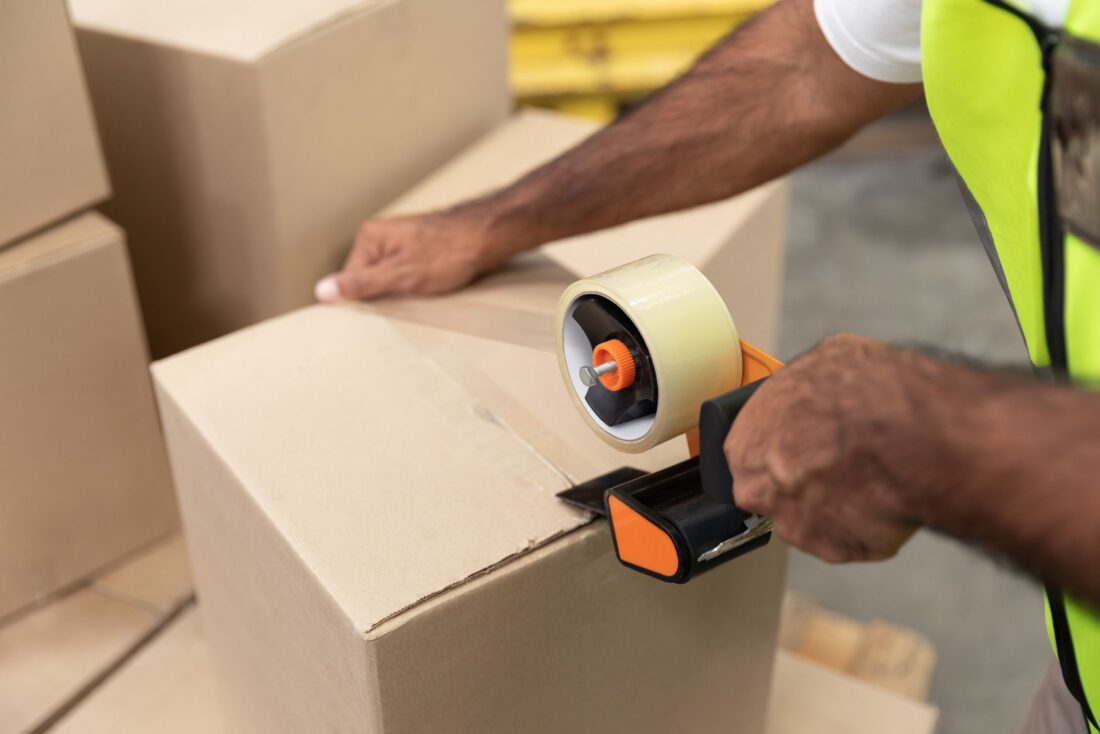

If You Don’t Want to Worry About Boxes, Hire Cross Country Movers to Do It for You
Moving can be stressful and overwhelming, and figuring out how many boxes you’ll need is just one small part of the equation. Too few, and you may need to make multiple trips or cram items.
Too many, and you may spend extra money on supplies or struggle with the overall organization. It can be difficult for people to determine the right amount of boxes for their move, which is where cross-country movers come in.
These professionals have ample experience with long-distance moving services and can accurately assess your needs, ensuring that your belongings are safely packed and transported to your new home. So if you’re feeling unsure about box quantity, don’t hesitate to reach out to movers and get ready for a great relocation day.





